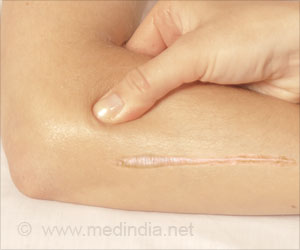New research shows that girls with cancer who are most likely to become infertile after treatment can be identified using guidelines developed almost 20 years ago.

Doctors are optimistic that the frozen tissue could one day help young cancer survivors to have children of their own.
Some cancer treatments can affect female fertility by bringing on early menopause. Freezing samples of ovary tissue before patients start treatment is the only option to try to preserve their fertility.
At least 30 babies have been born from frozen ovarian tissue taken from adult women but the procedure remains unproven in girls and young women.
Taking the initial samples of ovaries to be frozen involves a surgical technique and is still relatively experimental. It is therefore crucial that doctors can accurately predict which patients are most likely to benefit and when it can be safely performed.
Guidelines were developed almost 20 years ago to select which girls should be offered the procedure, based on their age, type of cancer treatment and their chances of being cured of their cancer. Now that the girls are older, doctors are able to validate their predictions.
Advertisement
The study, funded by the Medical Research Council, is published today in the journal Lancet Oncology.
Advertisement
Source-Eurekalert















